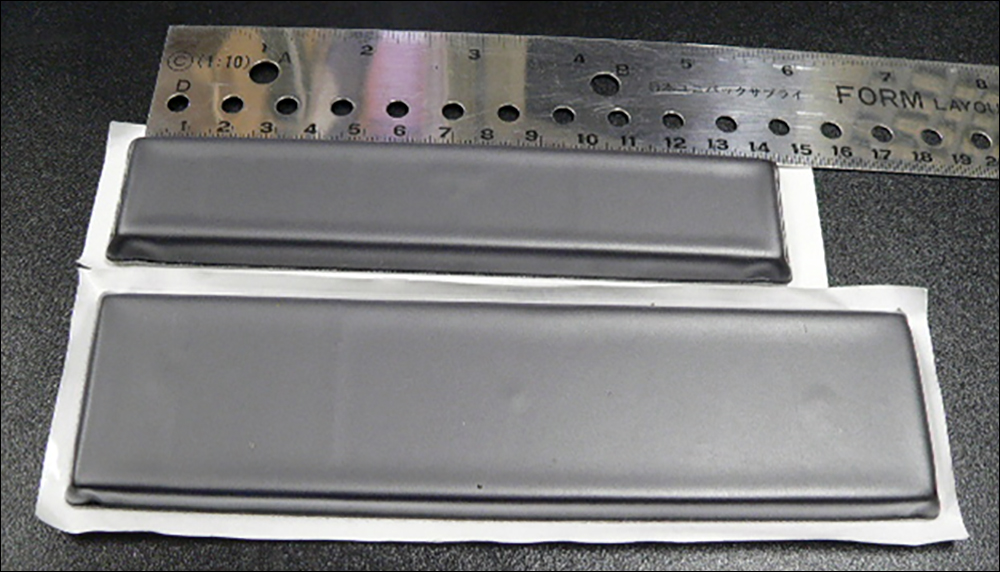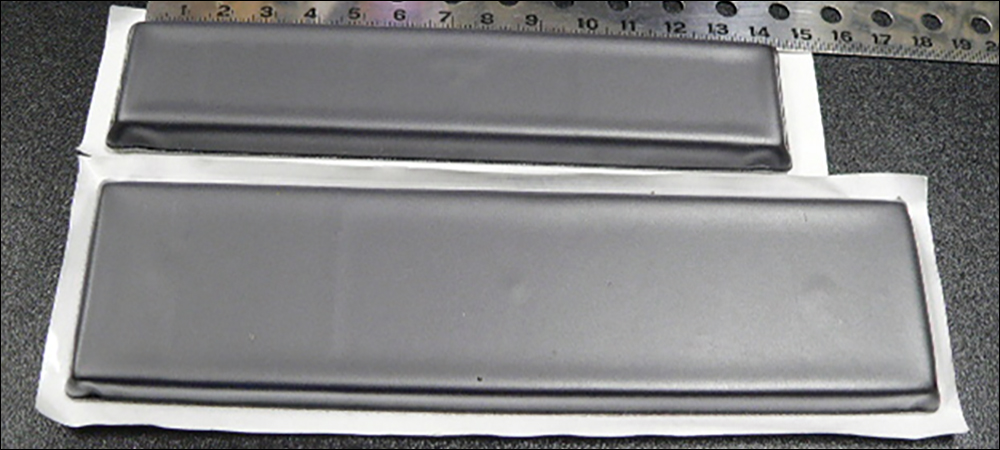Japanese technology firm Smart Co. has built and patented a long-range RFID tag that it says offers a transmission distance of up to 30 meters (98 feet) on construction sites and at other locations. The company says one version of its new tag can transmit through liquid, even if a tag is fully submerged, for such applications as tracking fish as they are stored in icy waters and then transported from fisheries to restaurants and markets. The system, according to Kunitaka Arimura, Smart Co.’s CEO, enables new use cases, not only in tracking goods around the presence of fluids, but also for a variety of other applications for which tag reads require distance.
The company’s Long Range Ultra Universal Smart Tags, which it also calls a “Super Tags,” are designed to be relatively low in cost, Arimura says. Several businesses are now testing the tags. For instance, they have been tested at a distance of 20 to 30 meters by being interrogated on equipment in a laydown yard, using drone-based readers. As each drone conducts a series of passes over the storage yard, it can capture inventory counts at relatively fast rates, the company has determined.

Leveraging the tags, general contractor and engineering company Chiyoda Corp. built its own drone-based inventory-management solution to track goods via RFID using the new tag, onboard readers for drones, and other hardware and software provided by SkymatiX, residing in the cloud. Chiyoda and SkymatiX have tested the solution in an outdoor storage site located in Brunei Darussalam.
Arimura first launched another technology company, Integrated Business Co., at Kanagawa Science Park in Japan in 1998, then rebranded it in 2005 as Smart Co. and relocated it to Shinjuku and Chiyokaku, Tokyo, at which time he began developing RFID in LF, HF and UHF frequencies. The goal, he says, was to build a system that would enable tag reads in the types of environments in which this has been traditionally unfeasible or required an excessive amount of infrastructure. For instance, if individuals must carry a handheld reader around a site in order to come within close proximity of tags, that process can be time-consuming. Installing fixed reader portals when tag read range is relatively short can be expensive, Arimura says.
A longer-range tag could provide a reduction in labor costs for those reading tags with vehicles, Arimura explains, while fixed readers would have a longer range and thus fewer readers might be required to cover a specific area. To build a passive on-metal UHF tag, he notes, most companies have relied on IEEE‘s strip-line radiation mechanism. This antenna has been widely used as a patch antenna, Arimura says, adding, “I have known [of] its superiority and [its shortcomings] well.” He says the “superiority” lies in the simplicity of the transmission, while the detractor has been sideways radiation, which tends to reduce the concentration of power in a tag’s transmission response.
Therefore, instead of leveraging the more traditional patch antenna for the tag, the company designed a UHF RFID antenna consisting of a metal surface with slots cut into it—appropriately called a Slot Antenna—to provide a specific radiation pattern. “My idea was that instead of using patch antenna technology,” Arimura recalls, “I had better use slot radiation.” The slot enabled a vertical instead of a horizontal radiation. The benefit, he says, is that the vertical radiation creates higher induced voltage to receive and respond to interrogations.
After developing the first version of this tag, Smart Co. began speaking with officials from Chiyoda. The engineering firm sought high-performance on-metal tags to identify its plant materials. It had tested on-metal tags together with several well-known providers, Arimura reports, but it wasn’t satisfied because of “the degradation effect” caused by RF shadows created by stacked construction piping. Tags were applied to H steel beams but were not effectively being read due to the RF shadow created by the flange or H steel beam. Additionally, high-quality on-metal tags were too large for the objects to which they were being applied. “After they had tested our tag,” he states, “they found out our tag showed satisfactory results.”

Kunitaka Arimura
The Long Range Ultra Universal Smart Tag has been tested with Impinj Speedway RFID readers. It can be applied either directly to metal or to other materials, such as plastic or wood, Arimura says. “In order to maximize the sensitivity on metal surfaces, radiation direction should be rectangular to the surface of metal,” he explains. “This will provide the maximum induced voltage.”
A submergible version of the tags could be used to track fresh foods such as fish and meats packed in icy water. With the tags, users could capture the location and status of packed meat and fish products as they are received from a fishery, then are stored, shipped and received by a retailer. That information, Arimura says, could help markets ensure the freshness of the items they sold or served to consumers.
The submergible tags can be employed in shallow or deep water, Arimura says. The long-range tags could also be used in factories for providing maintenance status updates, as well as in the field where utility pipelines are maintained by employees at remote locations. The company is selling the tags in the United States and in Japan, Arimura says, and mass production is slated to begin in mid-2021. Smart Co.’s smart cards have also been used for payments, transit ticketing, access controls, ID cards, driver’s licenses, business cards and SIM cards providing wireless connectivity.


